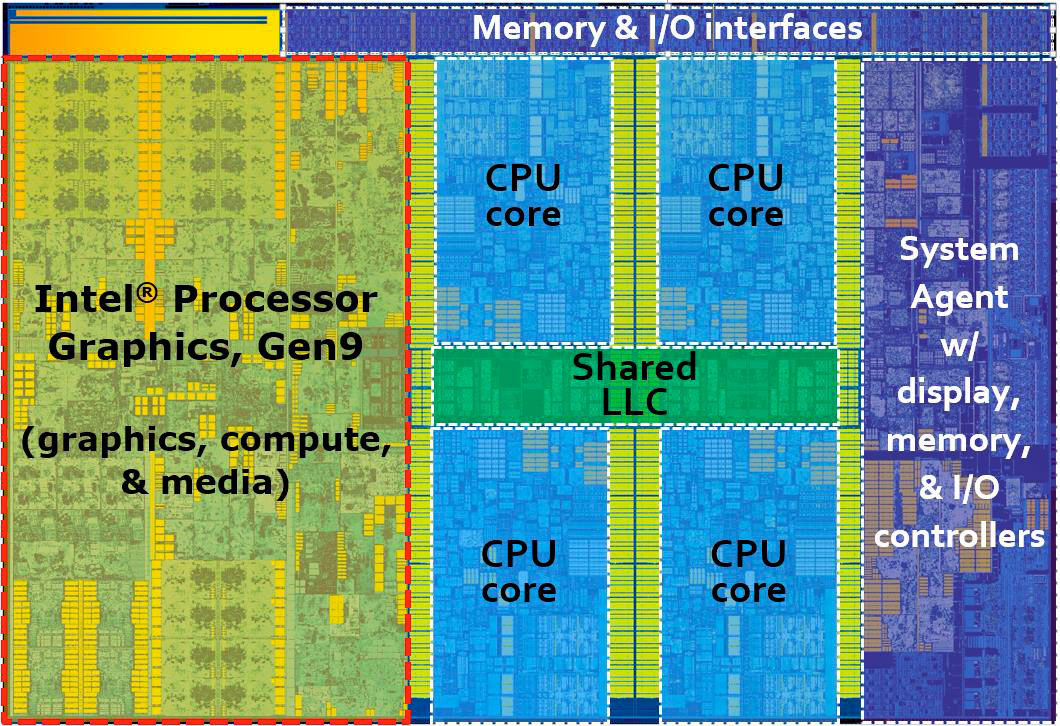eDRAM has definitively higher latency in low capacities than SRAM, which is why you typically only see it in use as an L3/L4 cache (or L2 in a less performance sensitive case like Wii U), but IBM's 22nm eDRAM L3 on the POWER8 achieves almost half the latency of Intel's 14nm SRAM L3, which shows the benefit when you get up to multi-megabyte capacities.
It's not really an apple-to-apples comparison, though, since the SRAM cache is set associative. Associativity trades off latencies with smaller working sets to improve effective capacity, and you see the SRAM L3 outperforming the eDRAM in larger sizes in that benchmark.
I think if you really want to draw this sort of conclusion about technologies you would need to compare a direct-mapped SRAM with an eDRAM of equal capacities.




